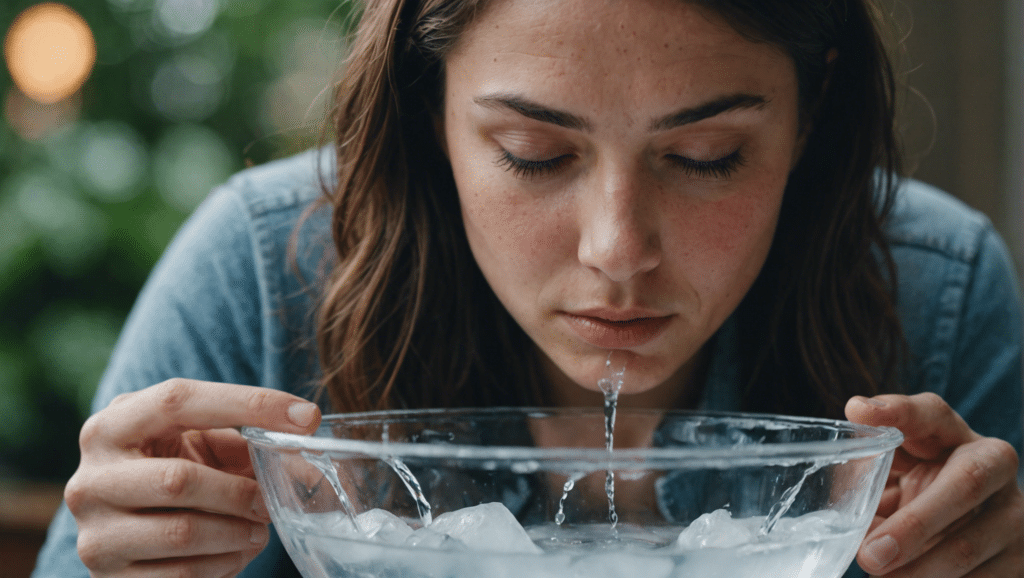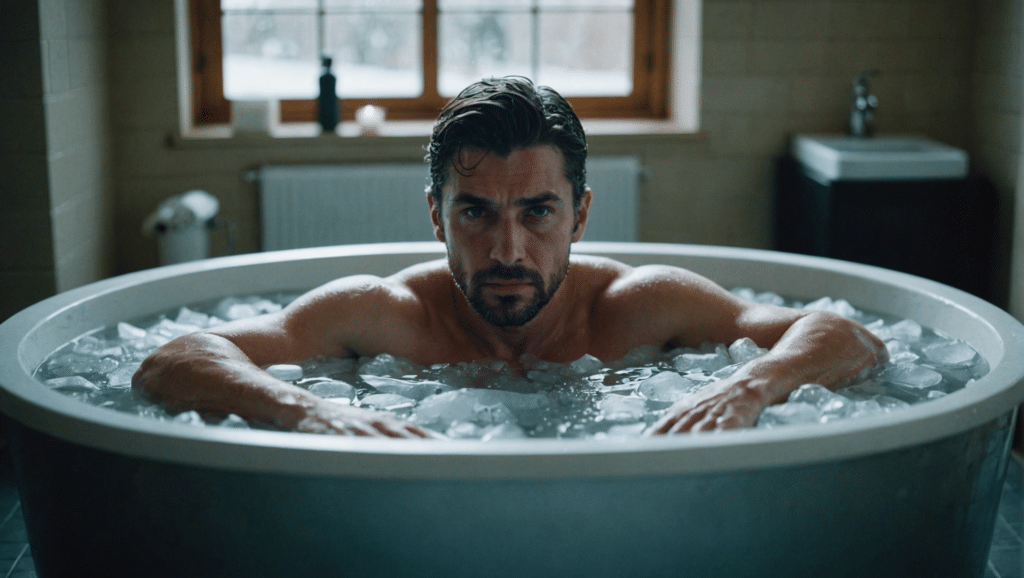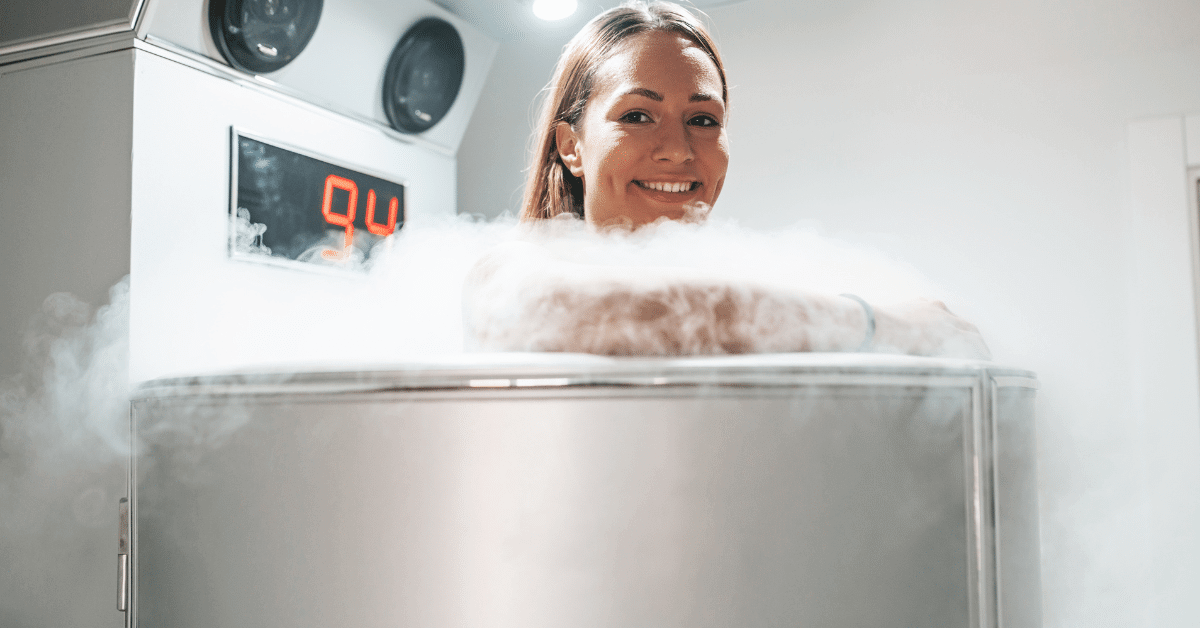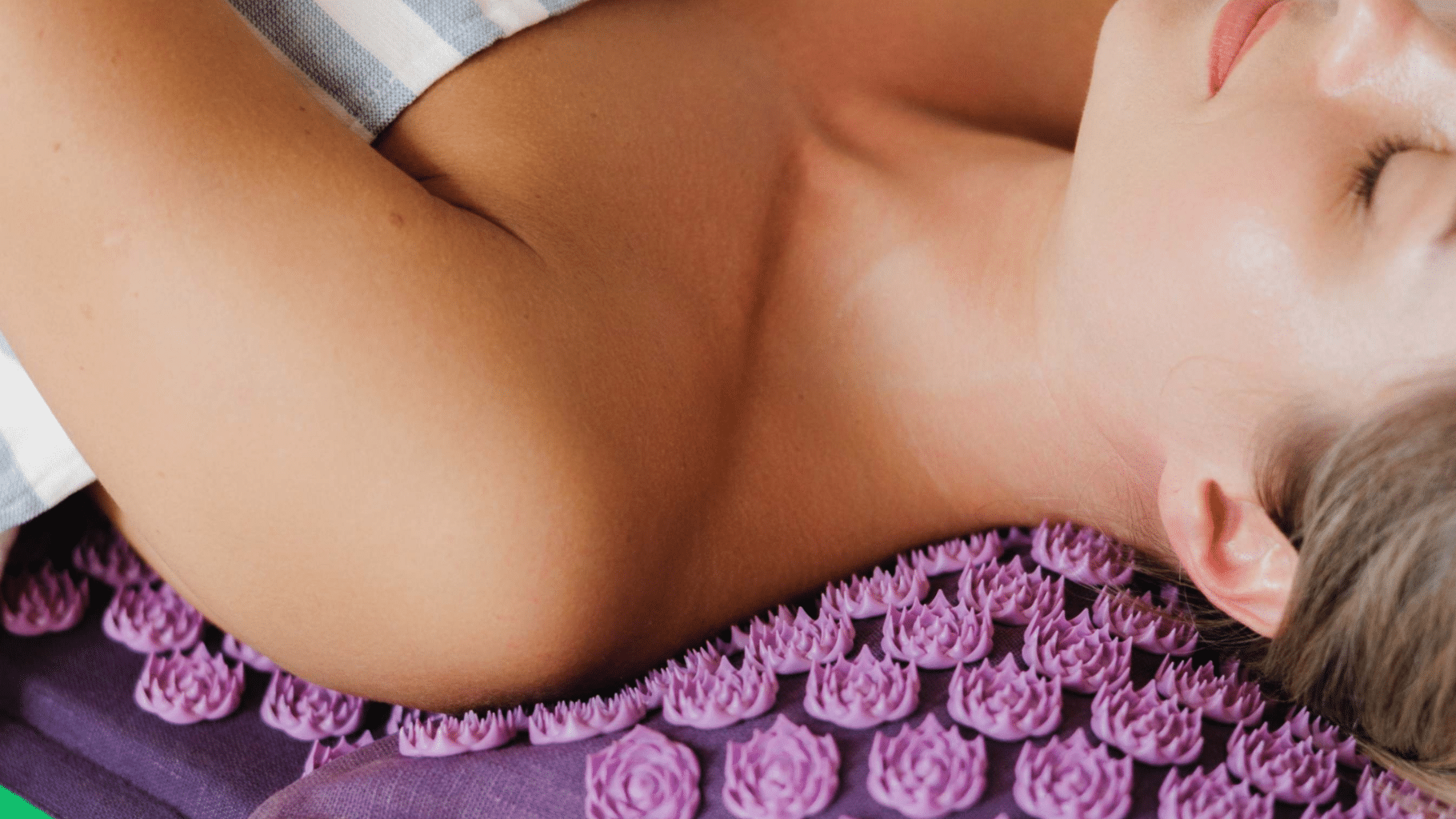Ever wondered about the hype behind taking a cold shower or diving into icy water? Beyond just a brisk feeling, the benefits of cold exposure 12 are rooted in science. Dive in with us as we explore the chilling magic of the cold.
What are the health benefits and risks of cold exposure?
Cold exposure can boost immune function, increase metabolism, and enhance mood. However, it also poses risks such as hypothermia and cold-induced injuries. Safe practices like gradual exposure and monitoring body response are essential to enjoy the benefits while minimizing risks.
This blog is part of a series on “coping strategies.” The next blog is about exercise for stress relief.
Key Insights on Cold Exposure
- Health Benefits: Enhances circulation, boosts immune function, and stimulates fat loss.
- Mood Improvement: Triggers endorphin release, elevating mood and reducing stress.
- Metabolic Increase: Raises metabolism, promoting calorie burn.
- Risks Involved: Potential for hypothermia and frostbite if not managed carefully.
- Safe Practices: Start with short durations; gradually increase exposure time.
- Monitoring Responses: Pay attention to body signals to avoid adverse effects.
- Scientific Approaches: Utilize evidence-based methods to gauge and optimize benefits.
The Science Behind Cold Exposure for Stress Relief
When we expose our bodies to cold temperatures, our initial reaction is a quick shiver and perhaps a fleeting wish for a warm blanket. But beyond the immediate shock, a range of effects come into play.
Our body’s immune system is awakened, leading to an increase in white blood cells. This immune response can enhance our body’s ability to fend off illnesses. One study showed that regular cold exposure increases the count of these helpful cells.
Brown adipose tissue (BAT), or brown fat, is another key player. Unlike its cousin, white fat, which stores calories, brown fat burns calories to produce heat, a process known as thermogenesis. So, the colder we get, the more our brown fat works, which may aid in calorie expenditure.
The nervous system also gets a nudge. Cold exposure triggers a surge in norepinephrine, a neurotransmitter that plays a role in focus, attention, and mood.
How Cold Exposure Activates the Body’s Stress Response
Our bodies are fantastic at adapting. When exposed to cold environments, our bodies undergo a process known as cold stress. This activates brown fat, boosts metabolism, and even releases hormones that can make us feel happier.
The famous Wim Hof, also known as the Ice Man, swears by the benefits of cold exposure. Hof has shown the potential benefits in a lab setting through various exercises and frequent cold showers. His methods reportedly improve immune system functions and reduce inflammation in the body.
Top 5 Ways Cold Therapy Reduces Stress
| Benefit | Explanation |
|---|---|
| Brown Fat Activation | Exposure to cold stimulates brown adipose tissue, which helps burn calories and boosts metabolic rate. |
| Norepinephrine Release | This neurotransmitter is our mood’s best friend, offering an uplifting feeling after a cold plunge. |
| Reduces Inflammation | Cold water immersion and cryotherapy have been shown to reduce tissue swelling and inflammation. |
| Enhances Immune System | Exposure to cold water increases white blood cell production, potentially bolstering our defenses against illnesses. |
| Improved Blood Flow | The initial constriction and subsequent dilation of blood vessels improve circulation, aiding in muscle recovery. |
Different Cold Exposure Techniques For Stress Relief
Ready to dive into the different cold exposure techniques? Let’s explore the most important ones briefly below. For an in-depth explanation of each method, click the corresponding links to the articles.
Cold Water Face Immersion
Dunking your face into cold water might sound like a sudden shock, but there’s a method to the madness. Immersing the face in cold water primarily stimulates the mammalian dive reflex, where the heart rate slows, and blood is redirected to vital organs. This technique is not just for stress relief but also to improve skin health and boost alertness. It’s like giving your face a refreshing reset.

Cold Showers
Swapping a warm shower for a cold one can be invigorating. Cold showers boost circulation, improve mood, and increase metabolic rate by activating brown fat. Regularly taking cold showers might also enhance the immune system. Beyond the physiological benefits, the immediate cold shock can increase alertness and build resilience, training the mind to handle unexpected stressors.
Cold Weather Walking
Walking briskly in cold weather isn’t just about appreciating the winter landscape. Walking in colder conditions can help increase the body’s thermogenic response, burning more calories as it works to maintain its core temperature. Cold-weather walking can boost endorphin levels, lift mood, and improve cardiovascular health, as the heart works slightly harder in colder environments.

Cold Water Swimming
Diving into chilly waters for a swim combines the benefits of exercise with cold exposure. Cold water swimming can invigorate the senses, enhance circulation, and boost the body’s metabolic rate. Regular swimmers often report improved mood and reduced symptoms of depression and anxiety. Repeated cold exposure can strengthen the body’s adaptability to cold, building cold tolerance over time.
Ice Baths
Submerging oneself in a tub filled with ice-cold water, ice baths are more than just a trend among athletes. The icy plunge reduces muscle inflammation and soreness after intense physical activity, aiding in quicker recovery. While the immediate sensation can be intense, many swear by the invigorating after-effects, noting improved mood, increased alertness, and enhanced resilience to physical stressors. Beyond athletic circles, it’s also becoming a popular tool for general well-being.
The Wim Hof Method
Developed by the “Iceman” Wim Hof, this method combines specific breathing exercises, cold exposure (like cold showers or ice baths), and meditation. The technique aims to improve physical and mental well-being. Advocates and studies suggest it can boost the immune system, increase energy levels, reduce stress, and improve sleep.

Wim Hof has showcased the method’s potential by achieving feats like climbing Mount Kilimanjaro in shorts and running a half marathon above the Arctic Circle barefoot.
Personal Thoughts
Exploring cold exposure as part of stress management has been enlightening for me. I’ve found that the deliberate and controlled challenge of cold environments can significantly dampen my stress responses and improve my mental clarity.
This practice, while rigorous, has taught me to embrace discomfort for growth. The measurable improvements in my stress levels confirm the effectiveness of integrating scientific principles with personal experience in managing stress.
Frequently Asked Questions
What is cold exposure?
Cold exposure involves deliberately exposing your body to colder temperatures than normal for short periods. This cold stress triggers beneficial responses and adaptations in the body. Common forms of cold exposure include cold showers, ice baths, cryotherapy chambers, and simply spending time outdoors in cold weather with minimal clothing. The duration and temperature can be adjusted based on your tolerance.
Is exposure to colds good for you?
Research indicates that short-term cold exposure may provide health benefits, such as burning calories, reducing inflammation, boosting mood through endorphin release, increasing brown fat activity, and improving cardiovascular function. However, excessive cold stress without proper precautions can lead to dangerous hypothermia, frostbite, and cardiac events. Start with mild cold exposure and slowly build up the duration.
How much cold exposure per day?
There is no single recommended duration for cold exposure. Start with short 1-2 minute cold showers or 5-10 minute ice baths for beginners. Gradually increase the length as your body adapts. Listen to your body, and don’t push beyond your limits. Most benefits can be achieved within 5-15 minutes of cold therapy per day. Athletes may use longer durations for recovery.
How do you do cold exposure?
Gradual cold exposure allows your body to adapt safely. Try ending hot showers with 30 seconds of pure cold water and extending the duration weekly. Alternatively, start with an ice bath up to your ankles for a few minutes before eventually submerging more of your body. Cryotherapy chambers precisely control temperature and exposure times. Another easy technique is to go outside in cold weather with minimal clothing.
What are the benefits of cold exposure?
Benefits linked to short cold exposures include burning calories for weight loss, reducing inflammation and pain, boosting mood through endorphins and adrenaline, strengthening the cardiovascular and immune systems, increasing brown fat activity, improving sleep quality, and increasing mental toughness and willpower. It may also increase longevity.




